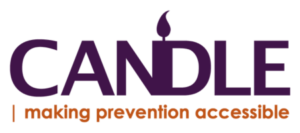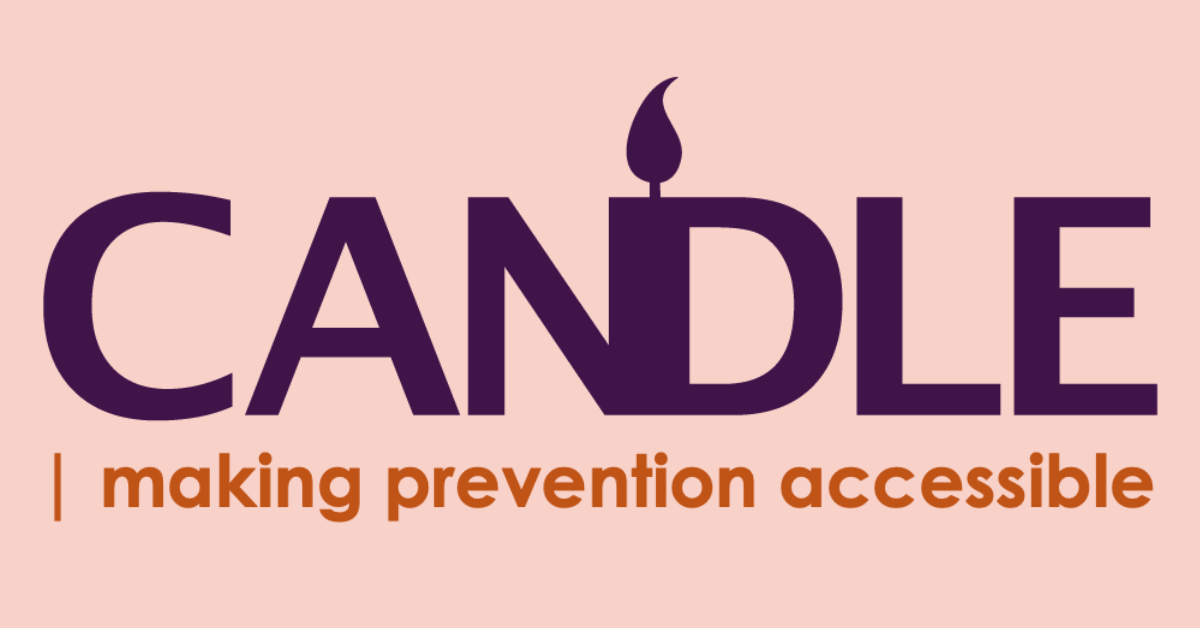By Erin Vallely, CANDLE Administrative Assistant
Did you know May 15th, 2025, is Global Accessibility Awareness Day? While the day’s focus is usually on web accessibility, CANDLE wanted to use the opportunity to talk about accessibility in prevention programming. All too often, substance misuse prevention programming is not accessible to individuals with disabilities and chronic illnesses. Here’s some things to consider:
Location: The first step is to ensure your programming takes place in a universally accessible space. Some aspects of accessibility include access by public transportation, time of day, step free entrances, and rooms with clear walking paths. The space you use needs to be welcoming to everyone, regardless of their ability level.
Material Accessibility: The second step is to assess your materials for accessibility. Creating alternate versions of things ahead of time, such as large print or audio versions, will make it much easier to provide accommodations when needed. You also want to ensure all your materials and handouts use clear and easy to understand language.
Cultural Competence: The third step is to assess your level of knowledge about disability and chronic illness cultural competencies. If you have not been trained on how to work with disabled individuals, seeking training is a good idea. It is important to understand the variety of needs individuals might have before you are required to meet those needs in the moment.
Although this article is focused on prevention programming accessibility, the advice applies to all public events and outreach. People with few close relationships and those experiencing social isolation are at a higher risk for experiencing struggles with substance misuse. It’s important everyone prioritize community accessibility in all areas of life.

